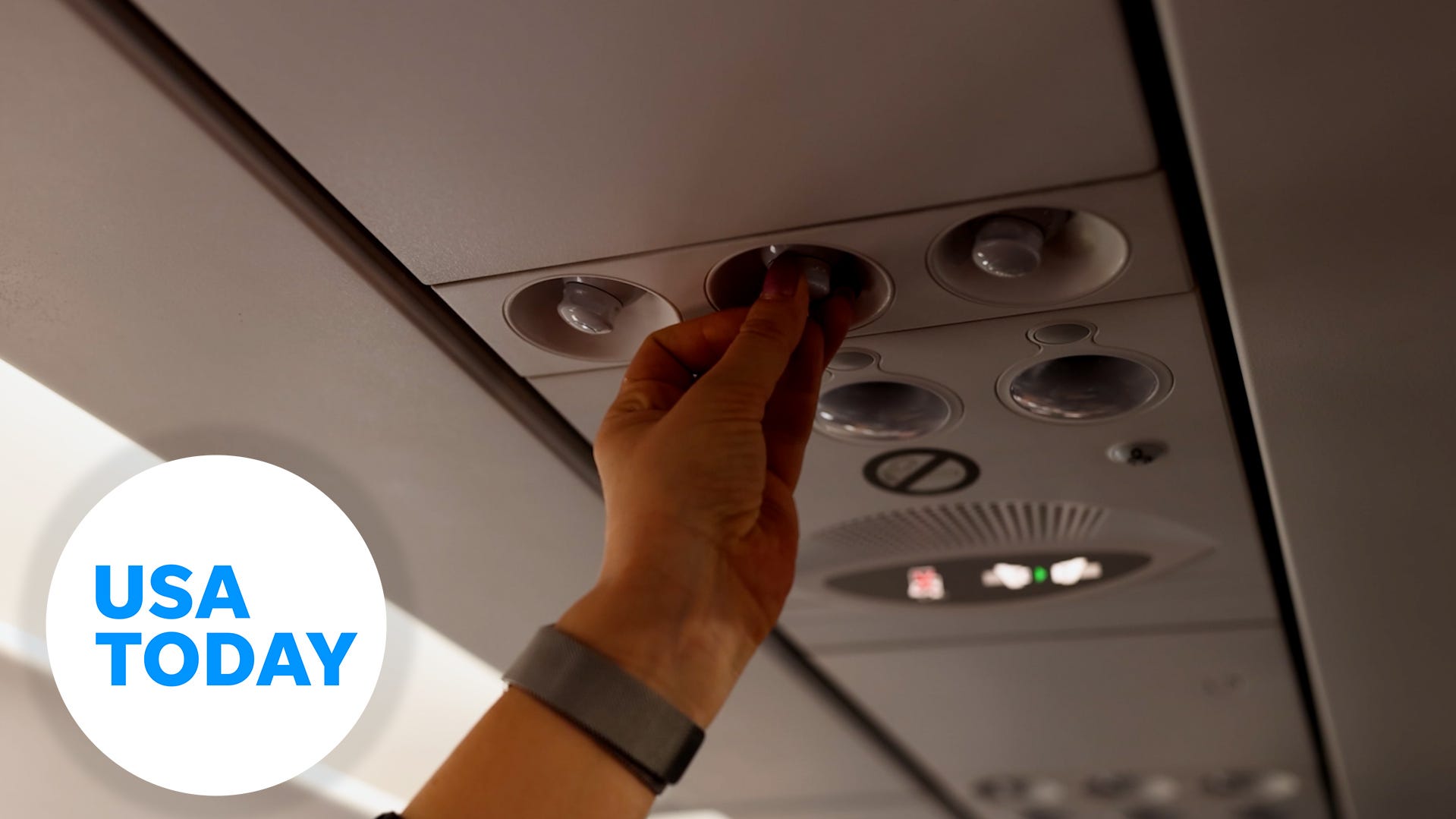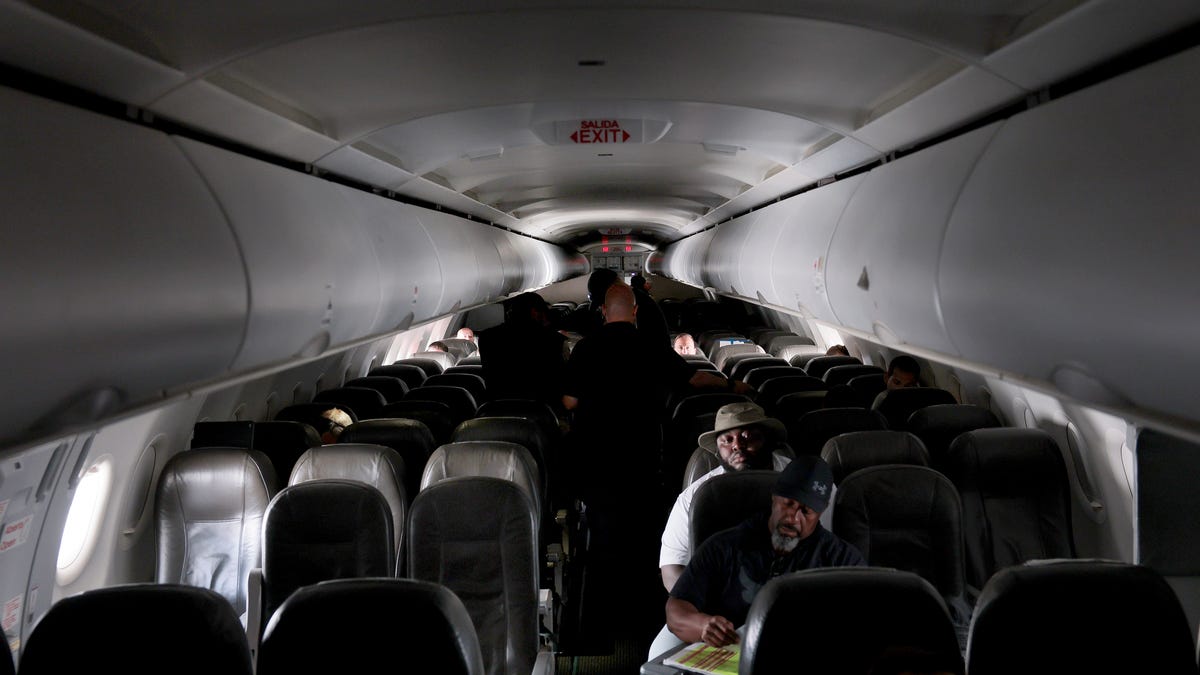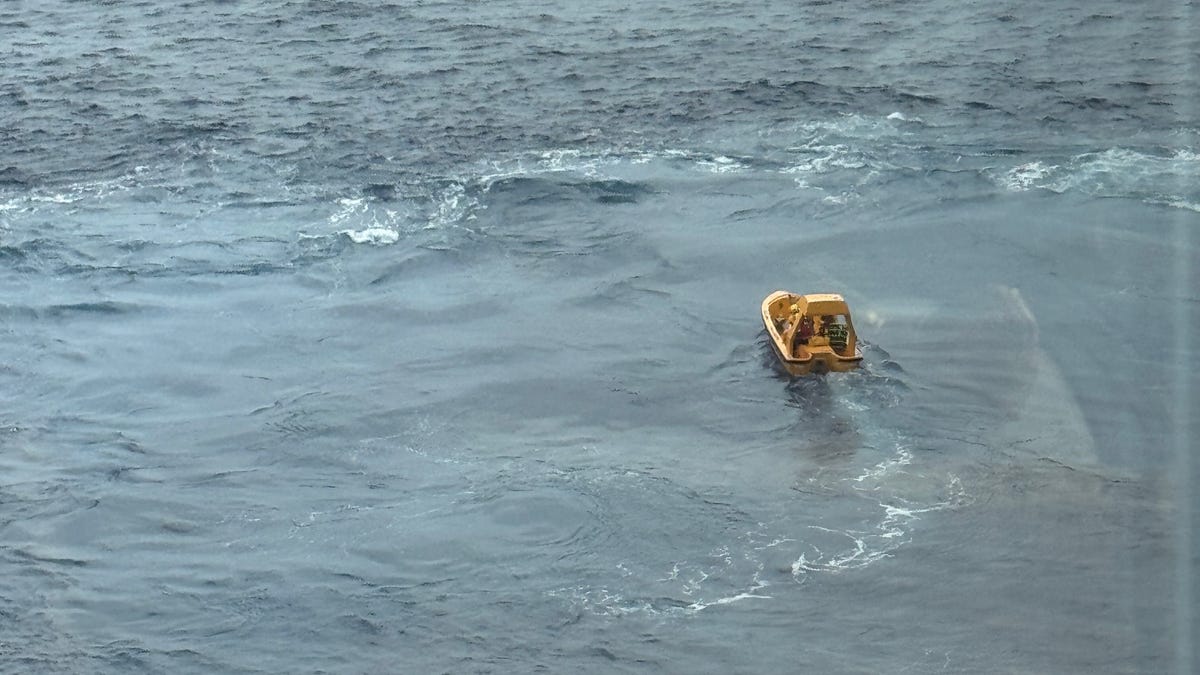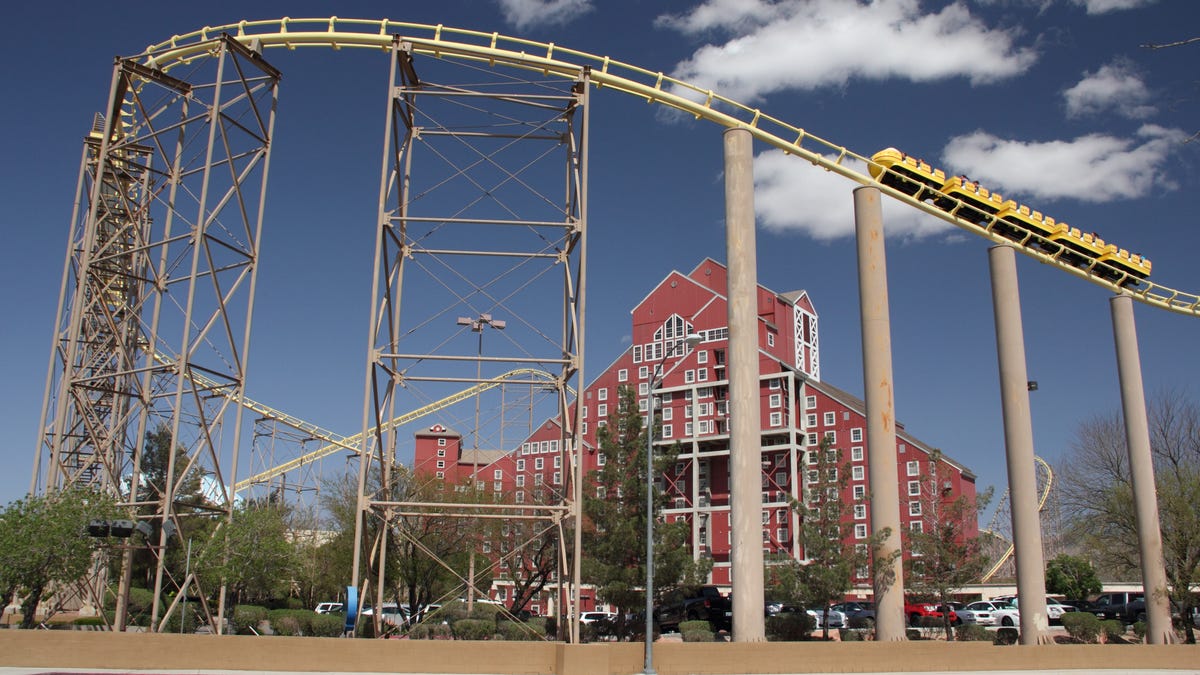
How to stay safe and comfortable in a hot airplane cabin
Essential tips for dealing with hot airplane cabins and staying safe during your flight.
- Airplane cabin temperatures can be uncomfortable, especially during summer, due to various factors like external temperatures and power source limitations.
- While in flight or taxiing, planes use engine power for climate control, but at the gate, they may rely on less powerful auxiliary power or external air, leading to temperature fluctuations.
- Experts advise dressing in layers and staying hydrated to mitigate the effects of extreme cabin temperatures.
If you fly enough (or you’re unlucky), you’re eventually bound to wind up on a plane that, at some point, is either way too hot or way too cold.
Especially as we head into the hottest part of the summer, experts warn it’s likely that airplanes can become uncomfortably warm inside, especially while they’re on the ground.
“It’s like sitting in the car in the parking lot and the whole family is going, ‘Turn the car on! Turn the car on!’ to get the air conditioner going,” Sara Nelson, president of the Association of Flight Attendants, told me.
Nelson’s organization has long advocated federal standards for airplane cabin temperatures, but so far, she said, no such regulations exist.
While some airlines have their own policies, they’re not always followed. In the meantime, Nelson said, there are some things travelers can do to minimize their own risks in an overheated cabin, and to help advocate for safer standards across the industry.
How climate control works on an airplane
In general, airplane climate control is very similar to the heating and cooling system in a car, but the power source can vary by phase of flight.
“The thing to keep in mind is the power source that’s used to do that can vary depending on if the engines are running,” Laurie Garrow, a civil engineering professor specializing in aviation at Georgia Tech, told me.
She said that during flight and while taxiing, airplanes typically use power from their engines to run systems onboard, including the climate control system, but while at the gate, they may rely on a less powerful auxiliary power unit or an external air supply for climate control.
Similarly, while taxiing, airplanes may only use one engine to conserve fuel, which limits how much power is available for other systems.
When you get in a situation where you’re running on one engine and trying to do all that … you’re putting it under more strenuous situations to try to keep the cabin cool,” Garrow said.
Why can planes be so hot, or so cold?
Nelson said that external factors play a big role in the temperature onboard an airplane.
“Especially in the summer, especially with delays, being out on the hot tarmac, if the APU’s not running or the engine’s not running, the cabin can get very hot very quickly,” she said.
It’s part of the reason flight attendants typically tell passengers, especially in warm weather, to lower their shades and open their air vents once the plane is parked at the gate.
Nelson added that cold weather can affect planes, too, and it can be a challenge to keep things comfortable onboard on the ground during the winter.
On top of that, she said, different parts of the cabin can be a different temperature, and often the climate controls are in the cockpit, which is separate from the passenger cabin anyway.
“The temperature can range as much as 10 degrees throughout the cabin,” she said. Factors like galley and exit locations and even whether or not the plane has onboard screens can affect the temperature.
What to do if your plane’s temperature isn’t comfortable
Nelson said that extreme temperatures onboard can pose a safety risk. During the summer, an overheated airplane cabin can give passengers heat stroke or can exacerbate other medical conditions they may have.
She said on a recent flight she was seated next to a cardiologist. When the plane began to overheat during a delay, the doctor strongly advocated that the flight return to the gate, because he worried about the risk of a passenger having a heart attack due to the extreme temperature.
Nelson said it’s important for passengers to advocate for themselves if they’re not comfortable on the plane.
“It is important to let the crew know what your experience is,” she said. While flight attendants don’t always have direct control over the cabin temperature, they can coordinate with the pilots to adjust the thermostat, or return to the gate if it’s really getting dangerous.
The Association of Flight Attendants also has an app, available on Apple and Android devices, called 2Hot2Cold, which allows passengers and crews to file reports about extreme cabin temperatures.
Nelson said AFA uses data from those reports to advocate for cabin temperature standards.
While the 2024 Federal Aviation Reauthorization required further research of aircraft cabin temperature standards, Nelson said the agency has not moved forward since a study was conducted.
In the meantime, she said, it’s important for travelers to dress in layers and to make sure to have water available to them on the plane in case it starts to overheat.
Garrow said that she has been on flights that were too hot herself, and that she tries not to get too overwhelmed, because it’s not something she can control directly.
“I try to stay hydrated and try to focus not on the heat,” she said. “I focus on meditating on something else.”
Zach Wichter is a travel reporter and writes the Cruising Altitude column for USA TODAY. He is based in New York and you can reach him at zwichter@usatoday.com.









